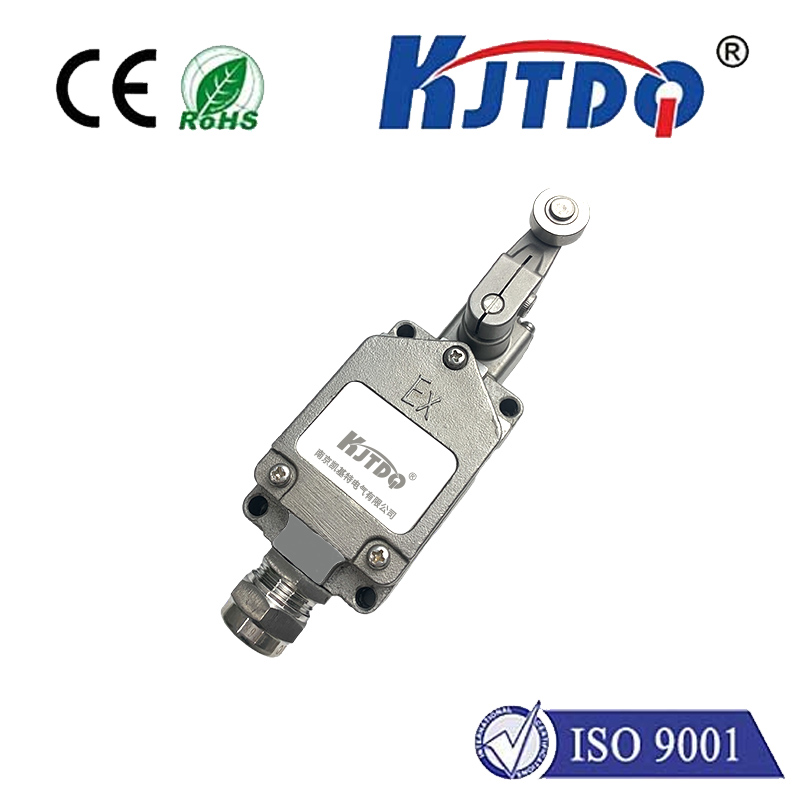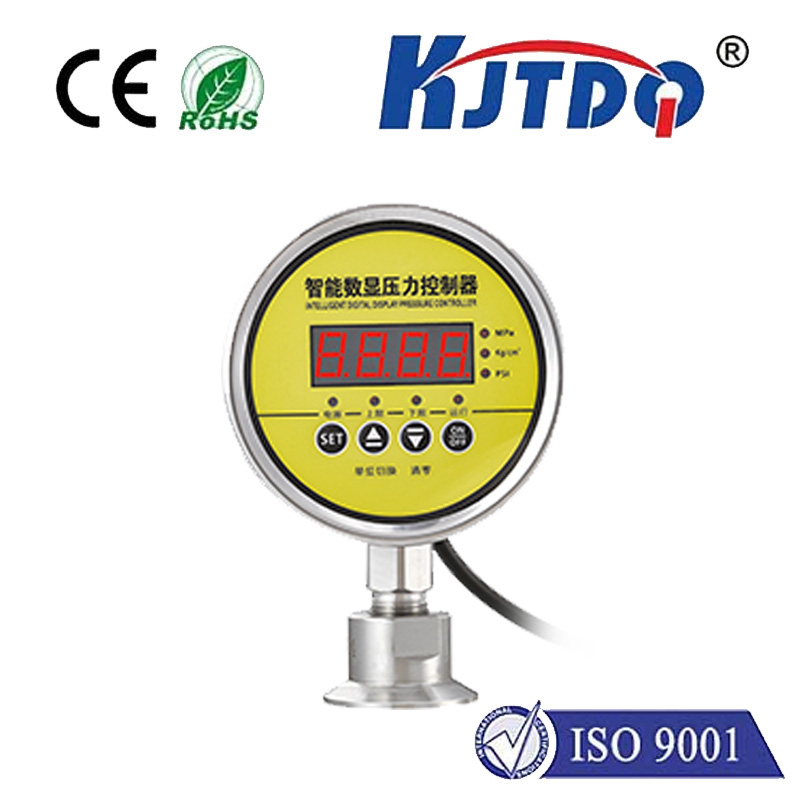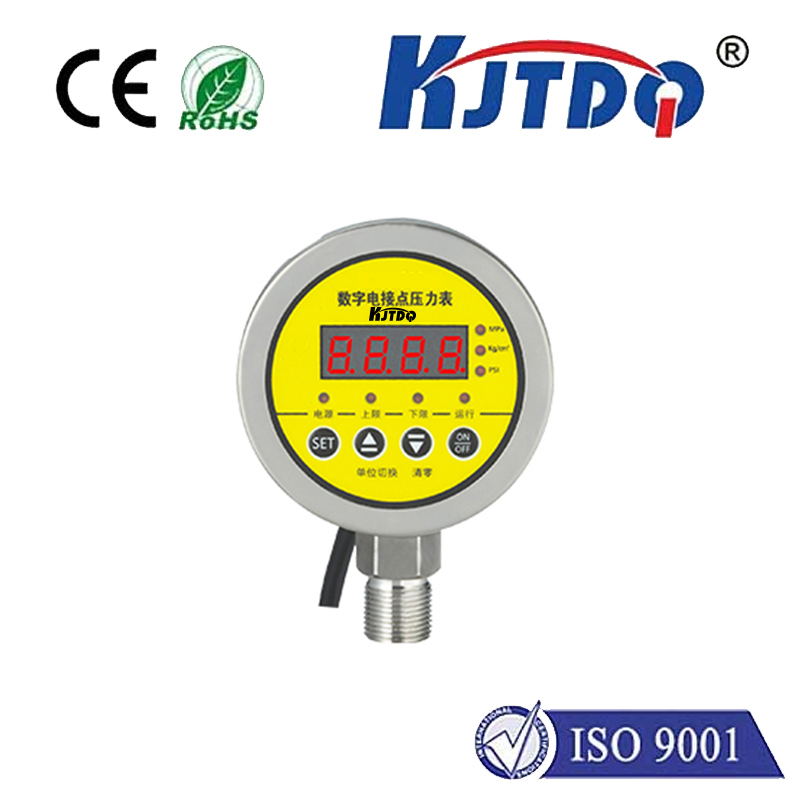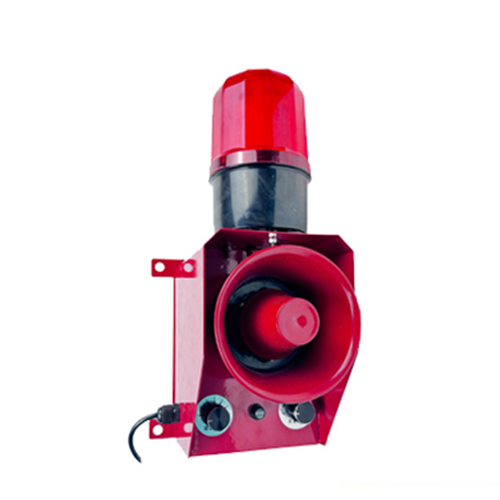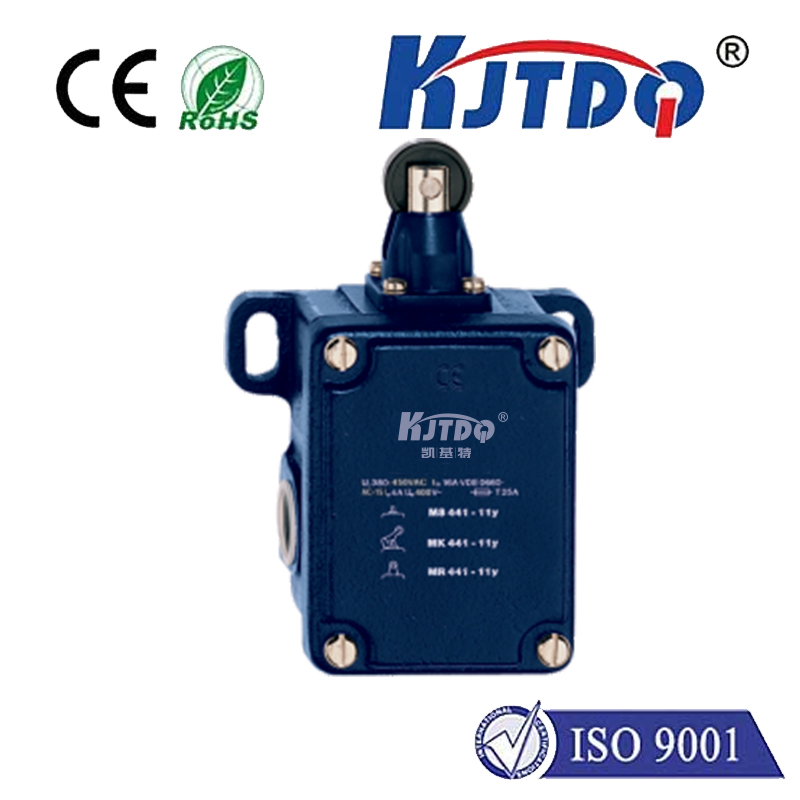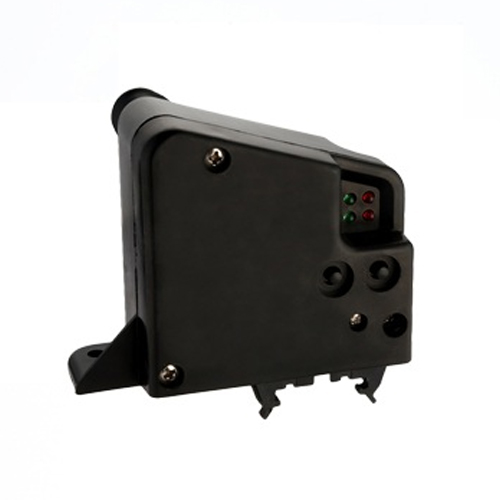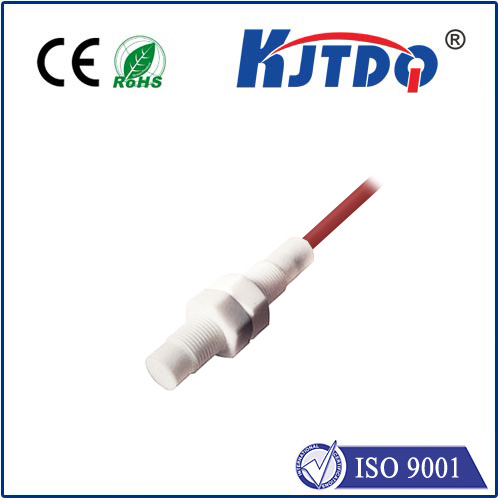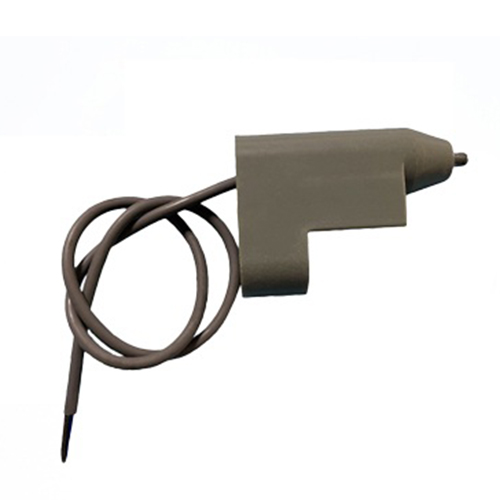диффузионный лазерный датчик
- time:2025-08-27 15:23:59
- Нажмите:0
The Diffuse Laser Sensor: Revolutionizing Distance Measurement in Industrial Automation
Imagine a high-speed conveyor belt whirring, boxes tumbling over each other, or robotic arms dancing with precision. In these dynamic, often challenging industrial environments, reliably detecting objects and measuring distances is critical, yet notoriously difficult with traditional methods. Enter the диффузионный лазерный датчик – a powerhouse of modern automation, offering unparalleled accuracy, versatility, and ease of use through the intelligent application of laser light. This technology is quietly transforming production lines, logistics hubs, and countless other settings where reliable, non-contact measurement is key.
Understanding the Core: Light, Reflection, and Detection
At its heart, a diffuse laser sensor operates on a brilliantly simple yet effective principle:
- Laser Emission: A built-in laser diode emits a focused beam of coherent light at a specific wavelength (typically visible red or invisible infrared).
- Target Interaction & Diffuse Reflection: This laser beam strikes the target object. Crucially, the sensor relies on diffuse reflection. Unlike a mirror (specular reflection), most real-world surfaces scatter the incoming light in almost all directions. This scattered, diffuse light is what the sensor captures.
- Light Reception: A highly sensitive photodetector (like a CCD or PSD element) within the sensor housing collects the portion of the diffusely reflected light that bounces back towards the sensor.
- Signal Processing & Output: Sophisticated internal electronics analyze the characteristics of the received light signal – primarily its intensity and sometimes its position on the detector. Based on this analysis, the sensor determines the presence or absence of an object within its defined detection range and/or calculates its distance.
- Output: The sensor then triggers a digital output signal (e.g., switching a relay or sending a signal to a PLC) or outputs an analog signal (e.g., 4-20mA or 0-10V) proportional to the measured distance.
Why Diffuse Laser Sensors Dominate: Key Advantages

Their widespread adoption is no accident. Diffuse laser sensors offer a compelling set of benefits over older technologies like ultrasonic sensors or mechanical limit switches:
- Exceptional Accuracy and Resolution: Laser light provides a tightly focused beam, enabling highly precise detection and distance measurement, often down to fractions of a millimeter. This is vital for applications like positioning control or verifying minute component alignments.
- Long Sensing Ranges: Compared to standard photoelectric sensors using LEDs, laser-based sensors achieve significantly longer detection ranges – routinely reaching several meters, making them suitable for larger machinery and warehouse applications.
- Small Target Detection: The fine laser spot allows these sensors to detect very small objects or features on larger objects, such as tiny pins, thin wires, or specific marks on packaging.
- High Speed: Laser light travels incredibly fast, enabling extremely rapid detection cycles, essential for high-speed production lines, sorting systems, or robotic guidance.
- Non-Contact Operation: Like other photoelectric sensors, they detect objects without physical contact. This eliminates wear and tear on both the sensor and the target, crucial for delicate items or high-volume operations.
- Simplified Setup & Operation (Compared to Thru-Beam): Unlike thru-beam sensors requiring a separate emitter and receiver aligned precisely, a diffuse laser sensor houses both components in one compact unit. This significantly simplifies installation, saving time and reducing setup complexity. One-point installation is a major operational benefit.
- Robust Performance on Diverse Surfaces: While performance can vary (bright vs. dark, shiny vs. matte), advanced diffuse laser sensors incorporate intelligent background suppression or sometimes even time-of-flight (ToF) principles to maintain reliable detection across a wide array of surfaces and colors.
Where Brilliance Shines: Core Applications in Automation
The unique capabilities of diffuse laser sensors make them indispensable across numerous sectors:
- Precision Object Detection & Counting: Ensuring items are present on an assembly line, counting bottles on a conveyor, verifying fill levels in transparent containers (exploiting differences in reflection), or detecting small screws in trays.
- Accurate Distance Measurement: Used for positioning pallets on AGVs, controlling robot end-effector height above a workpiece, monitoring roll diameter in paper/plastics processing, or ensuring consistent gap distances in assembly.
- Level Monitoring: Detecting the fill level of bulk materials (e.g., grains, powders) in bins or silos non-invasively from the top. Continuous level monitoring with analog output is a key application.
- Presence/Absence Verification: Confirming parts are loaded correctly in fixtures, verifying labels are applied on packages, or detecting if a product has passed a specific inspection point.
- Height and Thickness Control: Measuring the height profiles of stacked goods, controlling the thickness of extruded materials like rubber or plastic sheets, or checking stack height on pallets.
- Collision Avoidance & Safety: Providing presence detection near moving parts or robots for safety interlocks or preventing collisions in automated guided vehicle (AGV) paths.
Choosing and Using Diffuse Laser Sensors Effectively
To harness their full potential, consider these factors:
- Sensing Range: Select a sensor whose specified range comfortably exceeds your application’s maximum required distance. Factor in target color/material impact on range.
- Target Properties: How reflective, what color, what surface texture (matte/glossy)? Dark, matte, or highly absorbent objects may significantly reduce the effective range. Test with actual samples if possible.
- Required Accuracy & Resolution: What level of precision is critical for your measurement task? Look at the sensor’s datasheet specifications.
- Output Type Needed: Simple presence detection requires a digital output (PNP/NPN). Continuous distance monitoring requires an analog output signal.
- Environmental Conditions: Consider temperature extremes, dust, moisture, vibration levels, or exposure to other light sources. Choose sensors with appropriate IP ratings and environmental hardening.
- Advanced Features: Does your application benefit from background suppression, foreground suppression, adjustable sensitivity, IO-Link communication for diagnostics and parameterization, or teach-in functionality?
The Future is Bright (and Laser-Focused)
As industrial processes demand ever-greater speed, precision, and flexibility, diffuse laser sensors continue to evolve. Advances include enhanced signal processing algorithms for better performance on challenging surfaces, miniaturization, integrated communication protocols like IO-Link for smart factory integration, and potentially lower costs through economies of scale. Their inherent ability to provide reliable, non-contact, high-precision distance measurement and detection makes them fundamental building blocks in the ongoing journey towards smarter, more efficient industrial automation.



